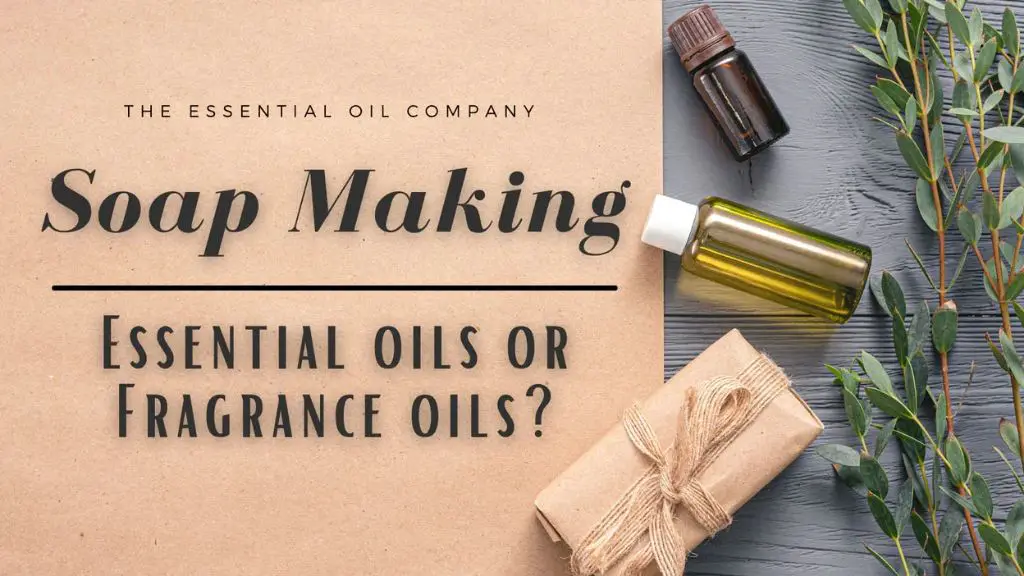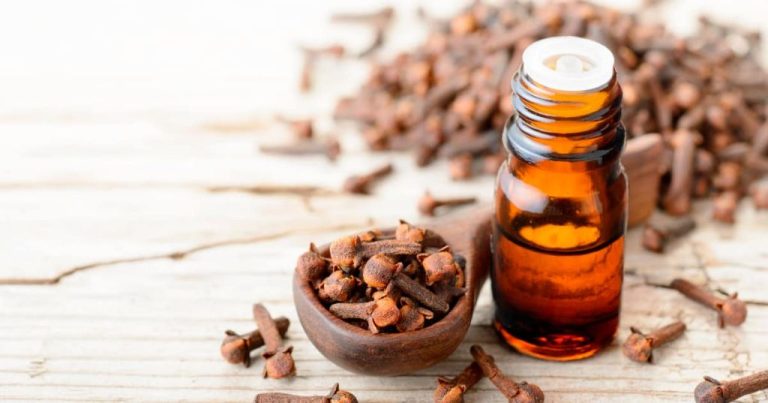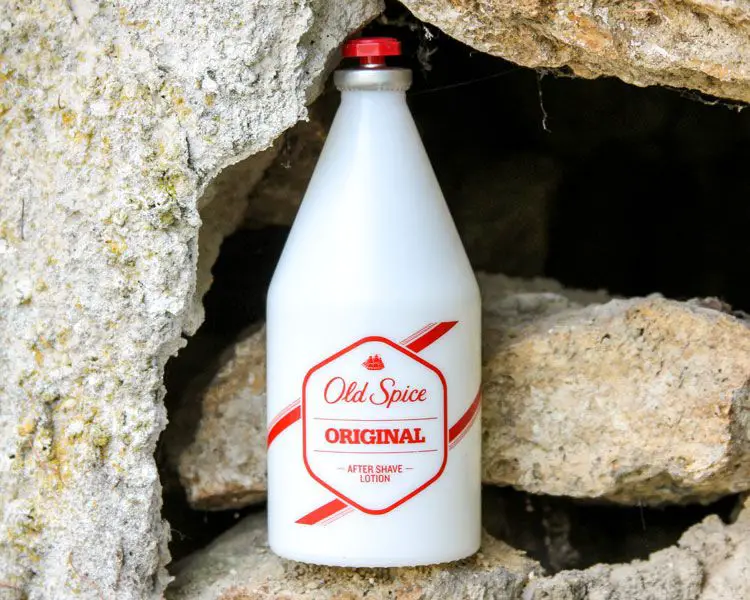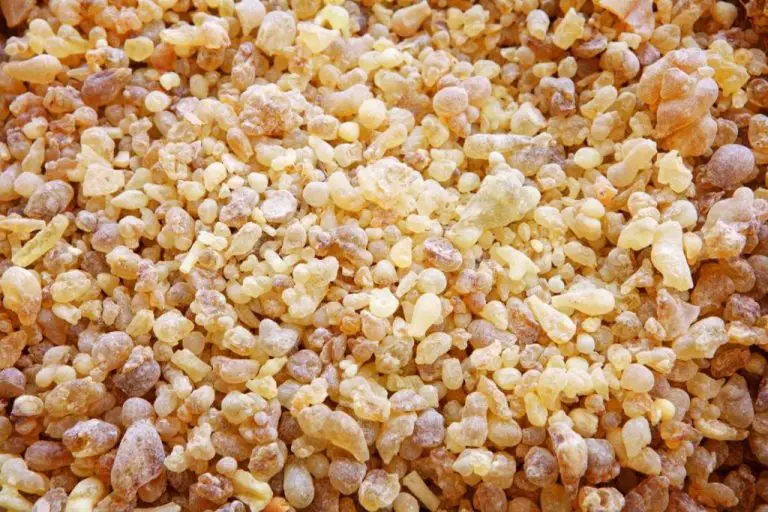What Fragrances Are Used In Soap Making?
Fragrances have been used in soaps for centuries, with the first perfumed soaps appearing in the late 18th century (source). Originally, fragrances were derived from plants, herbs, and animal sources. Nowadays, there are many options for scenting handmade soaps, including essential oils, fragrance oils, and botanicals (source). The fragrances not only make the soap smell nice, but can also provide benefits like relaxation, energizing effects, and more. Choosing the right fragrances and blending them appropriately is key to creating great smelling soap that appeals to your target market.
Types of Fragrances
There are several main types of fragrances commonly used in soap making:
Essential Oils
Essential oils are natural aromatic compounds extracted from plants. Popular essential oils used in soap include lavender, lemon, rosemary, tea tree, and peppermint (link). Essential oils not only provide fragrance, but can also have therapeutic benefits.
Fragrance Oils
Fragrance oils are blended from essential oils and aroma compounds. They offer a wider variety of scents at a lower cost compared to essential oils. Common fragrance oils used in soap are vanilla, almond, sandalwood, and patchouli (link).
Natural Extracts
Some soaps use natural extracts like coffee, green tea, cinnamon, and oatmeal to provide scent. These can provide mild natural fragrance along with exfoliating or moisturizing properties.
Top Essential Oils
Some of the most popular essential oils used in soap making include:
- Lavender – Known for its calming and relaxing properties, lavender is one of the most versatile essential oils for soap making. It blends well with other floral and herbaceous oils like geranium, rosemary and clary sage (source).
- Lemon – With its fresh,bright, citrusy scent, lemon essential oil is commonly used in cleaning and purifying soap recipes. It combines well with other citrus oils as well as herbs like lavender and mint (source).
- Eucalyptus – Eucalyptus oil has cleansing and invigorating properties that make it ideal for soap. It blends well with mint, lavender and citrus oils for an energizing scent.
- Tea tree – Valued for its medicinal properties,tea tree oil is added to soaps targeting skin issues like acne. Its camphoraceous aroma pairs nicely with lemon and lavender.
- Rosemary – An energizing scent, rosemary blends well with citrus and mint in refreshing soaps. It also complements woodsy oils like cedarwood.
Top Fragrance Oils
Some of the most popular fragrance oils used in soap making include:
Vanilla – This warm, sweet scent is universally loved. It’s soothing and comforting. Vanilla fragrance oil is available in many varieties like vanilla bean, French vanilla, and vanilla sugar. It blends well with other scents like lavender, cinnamon, and lemon. Source
Patchouli – Derived from the leaves of a plant in the mint family, patchouli has an earthy, musky aroma. It’s a base note that blends well with citrus, spice, and floral oils. Patchouli is thought to help relieve stress. Source
Sandalwood – With its rich, woodsy scent, sandalwood is perfect for masculine soaps. It also has a slight sweetness that works in women’s fragrances. Sandalwood promotes relaxation. Source
Jasmine – This intensely floral oil has an exotic aroma. Jasmine soap fragrance is feminine, sensual, and uplifting. It’s also an aphrodisiac. Jasmine blends well with rose and ylang ylang. Source
Peppermint – One of the most popular soap scents, peppermint is refreshing, cooling, and invigorating. It helps boost energy and improve focus. Peppermint combines nicely with eucalyptus and lemon fragrance oils. Source
Benefits of Fragrances

Adding fragrances to soap offers many potential benefits through aromatherapy and enhancing the soap scent. Studies show smells can affect mood, stress levels, and emotions. Using specific essential oils or fragrance oils in soap can promote relaxation, improve mood, and create an enjoyable scent experience during bathing. The aromatherapy benefits depend on the particular oil or fragrance used.
Fragrances also make the soap much more aromatic. Unscented soap lacks any fragrance, while adding certain essential oils or fragrance oils can provide soap with scents like lavender, citrus, rose, vanilla, or other pleasing aromas. This transforms the soap usage experience, surrounding the bather in the fragrance they find most calming or enjoyable. The scent remains on the skin after bathing as well. Many luxury soap brands highlight scent as a key product feature.
Adding Fragrances
When adding fragrances to handmade soap, it’s important to use the right amount for the soapmaking method. According to BrambleBerry, for cold process soap, 0.7 ounces of fragrance or essential oil per pound is recommended for a strong scent. For melt and pour soap, 0.3 ounces per pound is recommended [1].
After weighing out the desired amount of fragrance, it should be added to the melted soap base before pouring into molds. Mix the fragrance in thoroughly to ensure even dispersal. Anchoring the fragrance by adding some of the fragrance to the soap first, then the remainder at very light trace is also recommended for maximum scent retention [2].
Safety Considerations
While fragrances can provide enjoyable scents in soaps, certain ingredients used in synthetic fragrances may cause irritation or allergic reactions for some people. Fragrances, especially synthetic ones, often contain hundreds of chemicals that can potentially trigger skin sensitivities, rashes, or other side effects.
According to The Hidden Dangers of Fragrance, people who are highly sensitive to fragrance chemicals can experience respiratory issues, migraines, dizziness and other neurological symptoms. Natural fragrances like essential oils also carry the risk of skin irritation, however they tend to have fewer synthetic chemicals compared to artificial fragrances.
To minimize risks, those with sensitive skin may want to opt for soaps labeled fragrance-free or use soap scented with pure essential oils. Patch testing on a small area of skin before widespread use is also advisable to check for any reactions. Consulting with a dermatologist can help identify which specific fragrance ingredients to avoid based on your sensitivities.
Storing Fragranced Soap
Properly storing fragranced soap is key to maintaining the scent over time. There are a few tips for keeping soap smelling fresh:
- Wrap soap in wax paper or seal it in an airtight container. This prevents the fragrances from escaping and fading quickly (source: https://www.brambleberry.com/how-to/soap/art0122-scent-fading.html).
- Store soap in a cool, dark place like a cupboard or enclosed shelf. Heat and light can accelerate scent fading (source: http://www.soapqueen.com/bath-and-body-tutorials/tips-and-tricks/how-to-prevent-scent-fading-in-soap/).
- Consider adding natural preservatives like rosemary extract that help retain scents (source: https://www.ultimateguidetosoap.com/post/essential-oils-scent-fading).
With proper storage methods, most fragranced soaps will retain their signature scents for many months post-curing.
Natural vs Synthetic
When it comes to fragrances used in soap making, there are two main options – natural and synthetic fragrances. Natural fragrances are derived directly from plant or animal sources like essential oils, absolutes, resins, and concretes. Synthetic fragrances are created in a lab to mimic natural scents or produce novel fragrances not found in nature.
Natural fragrances have benefits like being gentle on sensitive skin compared to synthetic counterparts. They also provide the true scent profile from the natural source. However, natural fragrances can be quite expensive and supplies are limited based on availability of the natural material.
Synthetic fragrances are more affordable and offer consistent aroma and supply. But some synthetic fragrances have been linked to allergies or sensitivities. There are also concerns over the environmental impact of synthetically produced fragrances.
Many artisan soap makers use a blend of high quality naturals and synthetics to create complex scents that are safe, consistent, and cost-effective. The choice between natural and synthetic also comes down to the desired branding and target consumer.
Popular Fragranced Soap Brands
There are many well-known commercial soap brands that use popular fragrances in their products. Some examples include:
Dove – Uses mild, clean scents like cucumber, rose, and vanilla in their beauty bars and body washes.
Olay – Often uses light floral scents like orchid, lily, and cherry blossom in their body wash products.
Bath & Body Works – Known for their wide range of fragranced shower gels and hand soaps, with scents like warm vanilla sugar, cherry blossom, and midnight pomegranate.
Soap & Glory – Uses playful, fruity fragrances like melon, peach, and lime in their body butters and cleansers.
Dr. Bronner’s – Their castile soaps contain light, natural scents like lavender, peppermint, tea tree, and eucalyptus.
Lush – Handcrafts fizzy bath bombs, soaps, and scrubs with bold essential oil fragrances like rose jam, karma, and honey I washed the kids.
The Body Shop – Known for soap fragrances like shea, mango, and strawberry that often coordinate with their body butters.
Method – Uses plant-based fragrances like cucumber, sea mineral, and bamboo in their hand and dish soaps.




